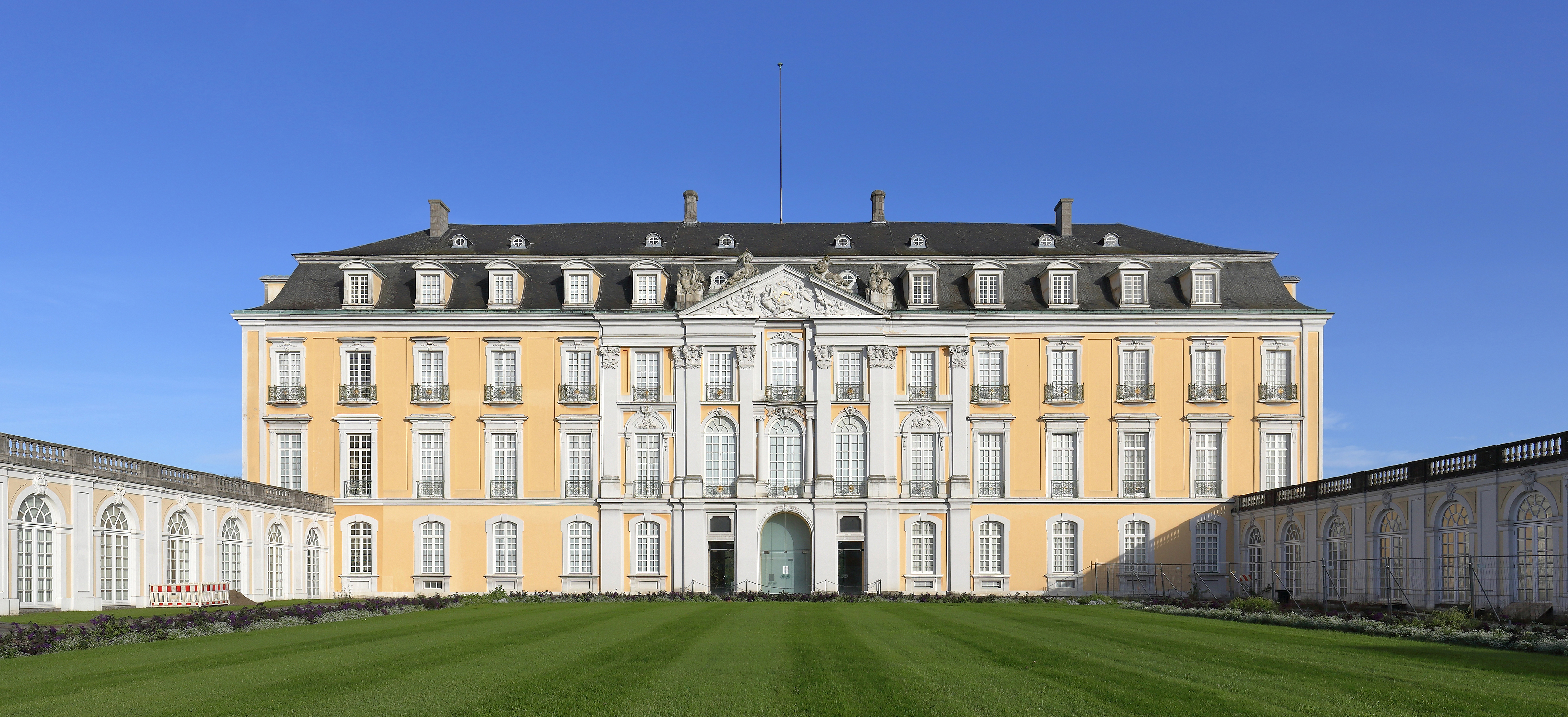Asking
students about the UNESCO-Sites they know within their countries led to the
following Top 11-list. Unsurprisingly this list is heavily affected by nearby
monuments and also shows the effect of working inside the project. Keeping in
mind that lots of answers came from students of Babenhausen German UNESCO sites
were mentioned more often than those of Barcelona, Lisbon or Lentvaris.
1. Cologne
Cathedral / Kölner Dom
 |
Cathedral of Cologne, Picture: Raimond Spekking
|
Cologne
Cathedral is a Catholic Cathedral in North Rhine- Westphalia, Germany. It is
the seat of the Archbishop of. It is a renowned monument of German Catholicism
and Gothic architecture and was declared a World Heritage site in 1996. The
towers are 157 m high and the construction started in 1248 and was finished by
the end of the 19th century. It contains the grace of the three holy kings.
2. Messel
pit/Grube Messel
The Messel
pit, near the German city Darmstadt is a famous fossil site with a big geological
and scientific importance. Since 1995 the Messel pit is a part of the UNESCO
world heritage and the first natural heritage site of Germany. In the 1970s
serious scientific excavation of fossils took place in this pit and it didn’t
stop yet, still today are significant scientific discoveries being made and the
site has increasingly become a tourist site as well.
What was
found in the Messel pit?
The fossil
finds from the pit Messel are very extensive and include not only plants but
also invertebrates and vertebrates. There are more than 75 families of more
than 200 species known for micro and macro fossil plants alone. Up to now, 130
taxa have been identified among vertebrates, including more than 40 species
from more than 30 genera of the mammals alone – tiny primeval horses being the
most famous.
 |
Primeval horse (Propalaeotherium hassiacum) in
Senckenberg Museum,
picture by Daderot, wikipedia.org,
C0 1.0
|
3. Jerónimos
Monastery/ Monteiro dos Jerónimos
The
Jerónimos Monastery, is a former monastery of the Order Saint Jerome near the
Tagus river in Belem close to Lisbon. It’s constrctution started on January 6th
1501. Did you know: the design of Jerónimos Monastery is a combination of
Gothic, and early Renaissance styles.
 |
Roman bath of Fort Salisberg, Hanau-Kesselstadt,
picture: Reinhard Dietrich, wikipedia.org, CC0 1.0
|
4. The
Limes
The limes
is an ancient roman border wall crossing almost all central Europe. Major parts
belong to Germany. Close to Babenhausen are many town connected to the Limes.
For example Hanau: Hanau lies at the point where the Kinzig and the Main rivers
meet. Two forts were discovered in Kesselstadt – a part of town. The elder fort
was built around 88 AD and the second around 100 AD. The fort bath was
excavated in the old graveyard of Kesselstadt. Its walls are still visible. Below
the current centre of Kesselstadt there was a 14 ha large marching camp that
was only temporarily used.
Trakai
castle is an Island castle located in Trakai (Lithuania) on an Island in Lake
Galve. The construction of the stone castle was begun in the 14th century by
Kestutis and around 1409 major works were completed by his son Vytautas the
Great who died in this castle in 1430.
6. Aachen
Cathedral
 |
Frontview of the Aachen Cathedral
Photo by CEphoto, Uwe Aranas,
Wikipedia
|
7. Sagrada
Familia
 The
Basilica “Temple Expiatori de la Sagrada Famila” is a large unfinished Roman
Catholic church in Barcelona, designed by Catalan architect Antoni Gaudi. The
construction started in 1882. Height: 172 m
The
Basilica “Temple Expiatori de la Sagrada Famila” is a large unfinished Roman
Catholic church in Barcelona, designed by Catalan architect Antoni Gaudi. The
construction started in 1882. Height: 172 m
8. Belém
Tower
Belem
tower, or the “Tower of Saint Vincent”, is a fortified tower located in the
estuary of the river Tagus in Lisbon. The ship-shaped fortification was
constructed in 1514 and is 30 m high. It is a World Heritage Site because of
the significant role it played in the Portuguese maritime discoveries of the
era of the Age of Discoveries.
9. Gediminas
tower
 Gediminas
tower is he remaining part of the Upper castle in Vilnius Lithuania.
The first
wooden fortifications were built by Gediminas grand duke of Lithuania. The
first brick castle was completed in 1409 by Grand Duke Vytautas. The three floor
tower was rebuilt in 1933 by Polish architect Jan Borowski and is 48 m high.
Gediminas Tower is an important state and historic symbol of the city of
Vilnius and of Lithuania itself.
10. Vilnius
Old town
Gediminas
tower is he remaining part of the Upper castle in Vilnius Lithuania.
The first
wooden fortifications were built by Gediminas grand duke of Lithuania. The
first brick castle was completed in 1409 by Grand Duke Vytautas. The three floor
tower was rebuilt in 1933 by Polish architect Jan Borowski and is 48 m high.
Gediminas Tower is an important state and historic symbol of the city of
Vilnius and of Lithuania itself.
10. Vilnius
Old town

The
well-preserved old town is known for historic buildings in a variety of
different styles, including Baroque and Gothic churches. It is the largest
preserved old town in Eastern Europe.
11. Paisagem
de Sintra
In the 19th
century Sintra became the first centre of European Romantic architecture.
Ferdinand ll turned a ruined monastery into a castle where this new sensitivity
was displayed in the use of Gothic Egyptain, Moorish and Renaissance elements
and in the creation of a park blending dwellings, built along the same lines in
the surrounding sera, created a unique combination of parks and gardens which
influenced the development of landscape architecture throughout Europe.
 |
|
Wikimedia.commons, Picture by: Singa Hitam
|
Stella
All
pictures except where mentioned: Andreas Murmann, CC-BY-SA 4.0






























